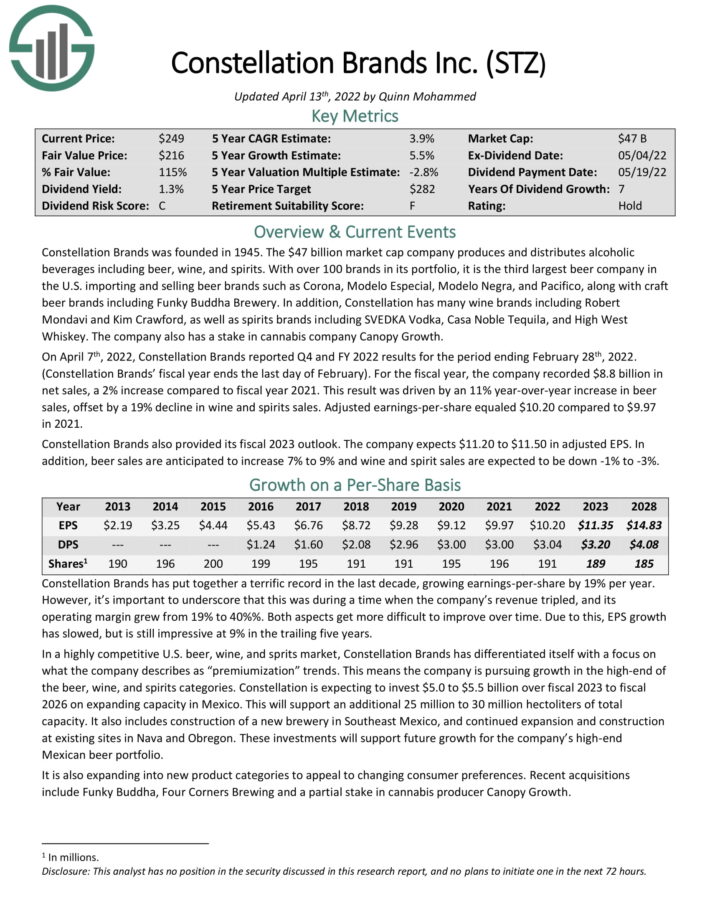John McArthur (JM): Many people are describing the SDGs as having stalled since the onset of COVID-19. Were the SDGs gaining much traction in Afghanistan prior to 2020? How would you describe their local implementation?
Naheed Sarabi (NS): Afghanistan’s progress with regard to the SDGs was mixed before the outbreak of the pandemic. Some good progress was achieved at the strategic level despite political uncertainty and insecurity. Afghanistan had developed a set of national targets and one single institution, the Ministry of Economy, was appointed as a lead agency to champion SDG work in the country. An Executive Committee on SDGs was established under the Council of Ministers to coordinate the efforts and implementation. In 2016, Afghanistan developed its second national development strategy, the Afghanistan National Peace and Development Framework (ANPDF). The framework was envisioned to bring reforms and strengthen institutions toward achieving economic self-reliance and SDGs through service delivery. Efforts were being made to align national processes like national budget, development programming, and local planning to SDGs.
The Sustainable Development Solutions Network’s SDG Index ranking showed recent improvement for Afghanistan. For instance, in 2019 Afghanistan’s SDG ranking was 153/162, and in the 2022 report it went up to 147/163. However, in macro-development terms, the situation was rather alarming. In 2016, Afghanistan witnessed hundreds of thousands of documented and undocumented refugees returning from Pakistan and Iran, joining over one million displaced people in the country due to conflict and natural disasters. Afghanistan was hit by drought in 2017 and 2018 resulting in more people becoming food insecure. When Afghanistan submitted its first Voluntary National Review (VNR) in 2017, the poverty rate had risen to 54 percent from 39 percent in 2014. These figures demonstrated a fallback in achieving SDGs 1 and 2. Before August 2021, 75 percent of Afghanistan’s public expenditure was financed by aid, one of the prominent cases of high-level aid dependency. In 2018, the Ministry of Finance data showed a 46 percent decline in aid from its peak 2011 level. This declining trend in aid was a predicament for development planning. Thus, the government had to make trade-offs between investing in basic services versus long-term plans that could bring financial self-reliance.
Although efforts to nationalize SDGs had gained some ground, local implementation needed to gain momentum. The government’s provincial development plans were not entirely absorbed in the national budget. The plans also did not reflect the resource realities of the government. Thus, more work needed to be done to align those plans with SDG targets and available resources.
JM: What do we know about Afghanistan’s SDG trajectories since the fall of the previous government in August 2021? What are the best objective data sources for tracking the situation?
NS: Unfortunately, Afghanistan has not only been unable to sustain the development gains of the last twenty years, but a lot has also been lost. The Taliban takeover of Afghanistan in August 2021 exerted an economic shock on the country. The World Bank estimated a 34 percent decline in the GDP per capita by the end of 2022 under the current scenario. This shock has been exacerbated by the financial crisis; around $ 9.2 billion of Afghanistan’s foreign reserves have been frozen which amounted to foreign and Afghan currency shortages and has caused a liquidity crunch. International banks have stopped their operations due to risks of anti-money laundering and combating the financing of terrorism AML/CFT functions, and correspondent banking for international payments has been severely disrupted. This has exerted immense pressure not only on the private sector but has also limited the channeling of aid to and within the country. Staggering levels of poverty and food insecurity have turned Afghanistan into the worst humanitarian crisis of its time.
While the international community is just focused on delivering humanitarian aid, development has taken a back seat, and progress toward SDGs seems to have stagnated. The absence of a legitimate government has not only stalled strategic level discussions on development but also access to credible data has been a challenge. We are talking about achieving SDGs in an environment where potentially 97 percent of the population could soon be in poverty, nearly half of the population is acutely food insecure, the Taliban has put a ban on girl’s secondary education, and disruption in salary payments and employee lay-offs in the public and private sector are affecting purchasing power. The Taliban released their first annual budget in May 2022, however, no details are available on investments in the basic services. The global rise in energy and food prices has not only exerted pressure on basic needs but also increased the cost of delivering humanitarian aid to people in dire need. These are imminent peril to individual SDGs but also challenge the interactive results in all other goals.
As I said before, the absence of national credible sources and legitimate institutions has made access to data a challenge. The Taliban needs to publish data on the revenue and expenditure and how services are being provided to the people. They need to adhere to the principles of human rights and women’s rights and bring back professionals in the machinery of the administration so some of the economic and development hurdles can be offset. However, in the meantime, there are still streams of hope. Afghanistan has a history of strong community-level institutions and civil society organizations. Investing in and strengthening the communities in Afghanistan in form of community development councils (CDCs) have been one of the success stories of the past decades. It is important that these institutions are being sustained not only for means of service delivery to achieve the SDGs but also for gathering data at grassroots levels. At the national level, the United Nations is the only interlocutor for humanitarian and development activities in Afghanistan at the moment. The U.N. agencies must maintain the systems that house country-level data and engage with civil society organizations and private institutions in this effort. We do not want to lose the history of development and start from zero once a legitimate government takes over, that is based on an elected democracy, inclusivity, fundamental rights, and human rights of women and minorities.
JM: You have lived many complexities at the interface of global development systems and a low-income country with fragile institutional structures. Is there one thing you would like to see multilateral actors do more of? And one thing you’d like to see them do less?
NS: I believe one should reflect on why institutions and systems become fragile in the first place, and how some interventions inadvertently create fragility. I had the honor to be part of the g7+ discussion when I served as deputy minister of finance in Afghanistan. My experience of coordinating aid at the national level as well as the voices of many countries represented in the g7+ converged on low-income countries having the ownership of processes and activities related to aid. Once this principle is enhanced, other actions like reforms, capacity building, and institution building follow. I often get the question of how such a principle could be followed in Afghanistan in absence of a legitimate government. In such circumstances, multilateral actors’ role remains stronger and can protect the systems, institutional memory, and human capital that can be forceful agents in times of normalcy. Amid a time of global economic strain, actors should strive to bring the most value out of assistance to low-income countries. Thus, I strongly emphasize the principle of no-duplication for development interventions. Multi-lateral actors should aim to avoid any forms of creating parallel institutions, and funding duplicate development interventions.
JM: There are widespread concerns that international actors are not doing enough to support low-income countries that have been grappling with intense overlapping crises in recent months—food prices, fuel prices, debt problems, and more. Do you see clear options on what could be done differently? Do you see any bright spots in how the world is responding?
NS: Alarming, is an underestimation to describe the outlook in low-income countries. The recent natural disaster in South Asia has exacerbated the situation and will be pushing more people to poverty and food insecurity. The World Bank Group will make emergency aid available to countries at risk, and G7 nations have made some pledges which still need to be realized. However, countries need a quick response. The World Food Program warns of 50 million people in 45 countries are on the edge of famine. And famine cannot wait. The countries mostly hit by climate change are the ones who had no share in creating it, and it is still time to act:
First, international actors should coordinate efforts in support of comprehensive social safety net programs that are quick and reach the majority. Second, countries with a debt burden need more incentives to apply for relief, and it seems the process has rather been slow and burdensome. Third, there is an open spot for more regional engagement and diplomacy. For example, more countries in Asia need to step up regionally to avert the looming crisis that may also impact other countries in the future. High-income countries can set up a bridge fund with sufficient resources to offset the energy and food costs for poor countries that would prevent a fall off from SDG achievement. The cost for countries that are the biggest contributors to climate change is not significant; the cost for low-income countries will be generational. Last but not the least, Multilateral actors need to rethink the approach to their interventions—more investment in environmental protection and early warning systems, more emphasis on the right reforms, and sound public investment management systems.















